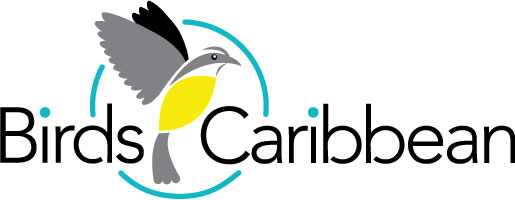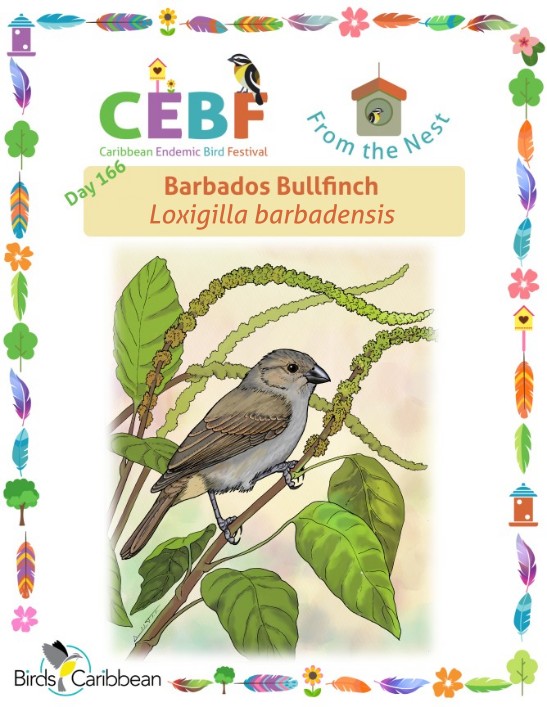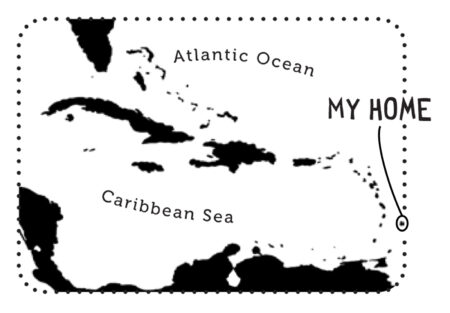Celebrate the Caribbean Endemic Bird Festival (CEBF) with us! Our theme in 2025 is “Shared Spaces: Creating Bird-friendly Cities and Communities”—highlighting the crucial role bird-friendly cities and communities can have in addressing the decline in bird populations caused by threats like habitat loss, predation, and climate change. Have fun learning about a new endemic bird every day. We have colouring pages, puzzles, activities, and more. Download for free and enjoy learning about and celebrating nature!
Endemic Bird of the Day: Barbados Bullfinch
The Barbados Bullfinch, affectionately known as “Sparrow” or “Sparky” by locals, is a ubiquitous and endearing resident of the island. Arguably the easiest West Indian endemic to spot, it often finds you rather than the other way around. This charming bird, the only endemic species (so far!) on Barbados, is a testament to resilience and adaptability.
Measuring just 5-6 inches (14-15 cm) in length, the Barbados Bullfinch presents a subtle beauty. Both sexes have similar plumage: dark olive upperparts with brownish wings, and a light grey underbelly that may show faint streaking on the breast and belly. Males have a solid black, cone-shaped bill, while females sport a paler lower mandible. Their vocal repertoire is varied, ranging from rapid “tse tse tse tse tse” calls to harsh “schipp-schipp-schipp” sounds, and a drawn-out “schrrrrrrp.”
Despite its limited range—confined to just 166 square miles of Barbados—the species is classified as “Least Concern” on the IUCN Red List. This favorable status is largely due to its extraordinary adaptability. The Bullfinch thrives in nearly every habitat across the island, from dense woodlands and mangroves to grasslands and highly urbanized areas.
Its diet is just as flexible. Though primarily a seed eater—gleaning seeds from the ground or grasses—it supplements its diet with fruits and berries. On rainy days, it can be observed eating insects—darting from branches to catch them in mid-air like a flycatcher. It’s become remarkably tame, frequenting hotels, restaurants, and backyards, and is often seen accepting hand-fed treats, including processed foods like sugar. Studies have also shown the Bullfinch’s impressive problem-solving skills. In urban environments and lab settings, they’ve been observed opening sugar packets and pulling strings to access food (Lefebvre et al., 2016).
Their nesting habits are equally adaptable. Both sexes contribute to building a domed nest with a side entrance, constructed from woven dry grass or other locally available materials. While typically built in trees and shrubs, they readily adapt to man-made structures. Females usually lay 3-4 eggs, which hatch after about 14 days of incubation.
Though currently thriving, the Barbados Bullfinch faces several threats that should be monitored, including predation by feral and domestic cats, the non-native Mongoose and by African Green Monkeys. They are also subject to brood parasitism by Shiny Cowbirds.
Small but resilient, the Barbados Bullfinch stands out as both the island’s lone endemic and one of the special and celebrated birds of the Caribbean. Learn more about this species, including its range, photos, and calls here. Great news! If you’re in the Caribbean, thanks to BirdsCaribbean, you have free access to Birds of the World and you can find out even more in the full species account of this bird!
Thanks to Arnaldo Toledo for the illustration and Julian Moore for the text!
Colour in the Barbados Bullfinch
Download our West Indies Endemic Bird colouring page. Use the photos below as your guide, or you can look up pictures of the bird online or in a bird field guide if you have one. Share your coloured-in page with us by posting it online and tagging us @BirdsCaribbean #CEBFfromthenest
Listen to the calls and song of the Barbados Bullfinch
The song of the Barbados Bullfinch is rapid “tsee-tsee-tsee-tsee…” or “tsit-tsit-tsit-tsit…”. The call is a a sharp “tseet.”
Puzzle of the Day
Click on the image below to do the puzzle. You can make the puzzle as easy or as hard as you like – for example, 6, 8, or 12 pieces for young children, all the way up to 1,024 pieces for those that are up for a challenge!
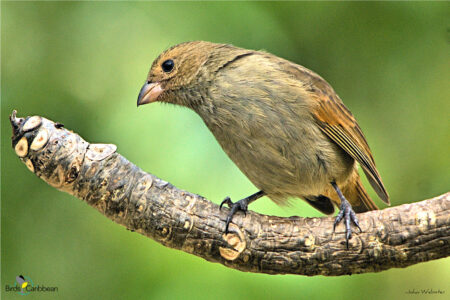
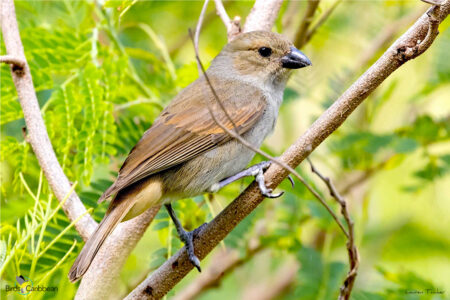
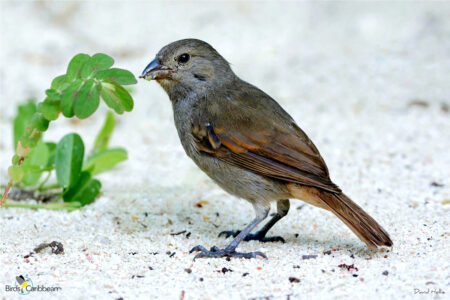
Activity of the Day
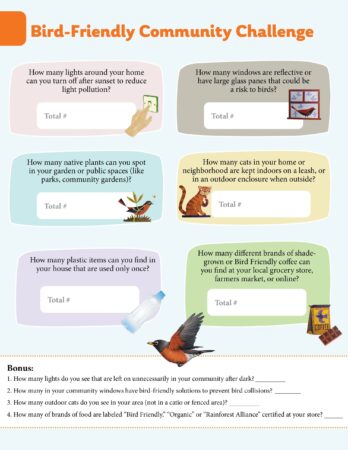 FOR KIDS : Our 2025 CEBF theme “Shared Spaces: Creating Bird-friendly Cities and Communities” highlights the many challenges our endemic birds face due to human activities and expanding urban development. To combat these challenges conservation efforts need to incorporate bird-friendly actions, making sure that our communities become havens for these unique birds. Anyone from national and local governments, businesses, community groups, and individuals can help out by being “bird-friendly”!
FOR KIDS : Our 2025 CEBF theme “Shared Spaces: Creating Bird-friendly Cities and Communities” highlights the many challenges our endemic birds face due to human activities and expanding urban development. To combat these challenges conservation efforts need to incorporate bird-friendly actions, making sure that our communities become havens for these unique birds. Anyone from national and local governments, businesses, community groups, and individuals can help out by being “bird-friendly”!
What does “bird-friendly” mean? “Bird-friendly” means making our environment safe and welcoming for birds. We can do this by planting native plants, providing clean water, and avoiding the use of harmful chemicals. As well as in other ways by making choices about how we use resources like electricity and our shopping choices. Why not see how bird-friendly you, and your community are, by taking part in the ” Bird-Friendly Community Challenge“. This will help you think about ways in which we can all be friends to birds!
Esta actividad también está disponible en español.
FOR KIDS AND ADULTS : Enjoy this video of a Barbados Bullfinch in the wild!
